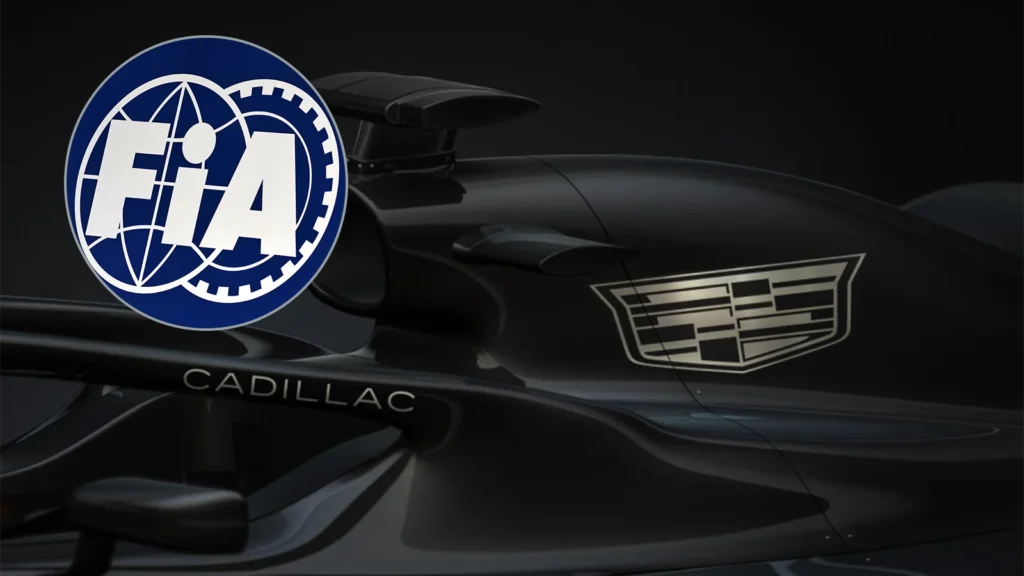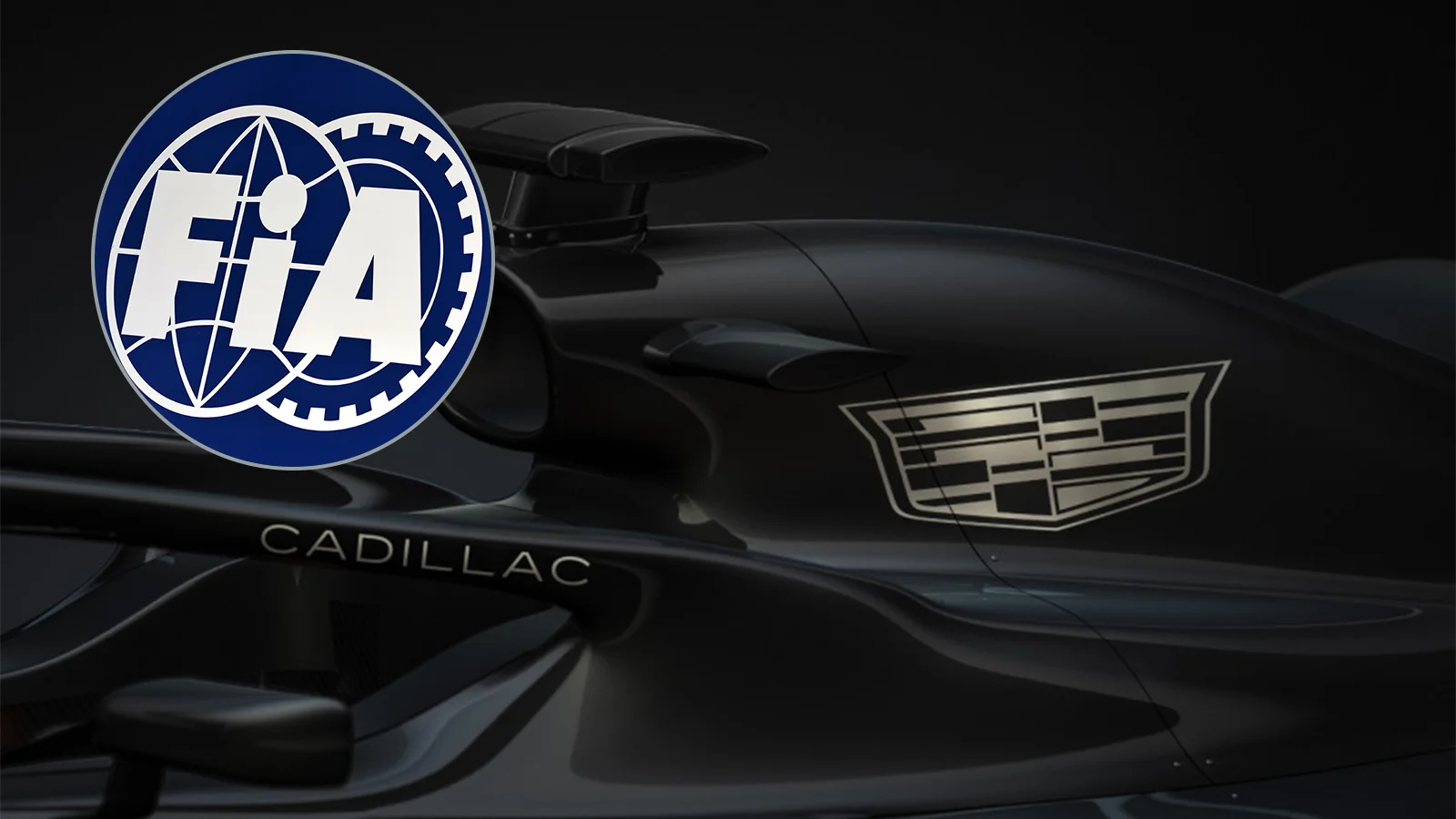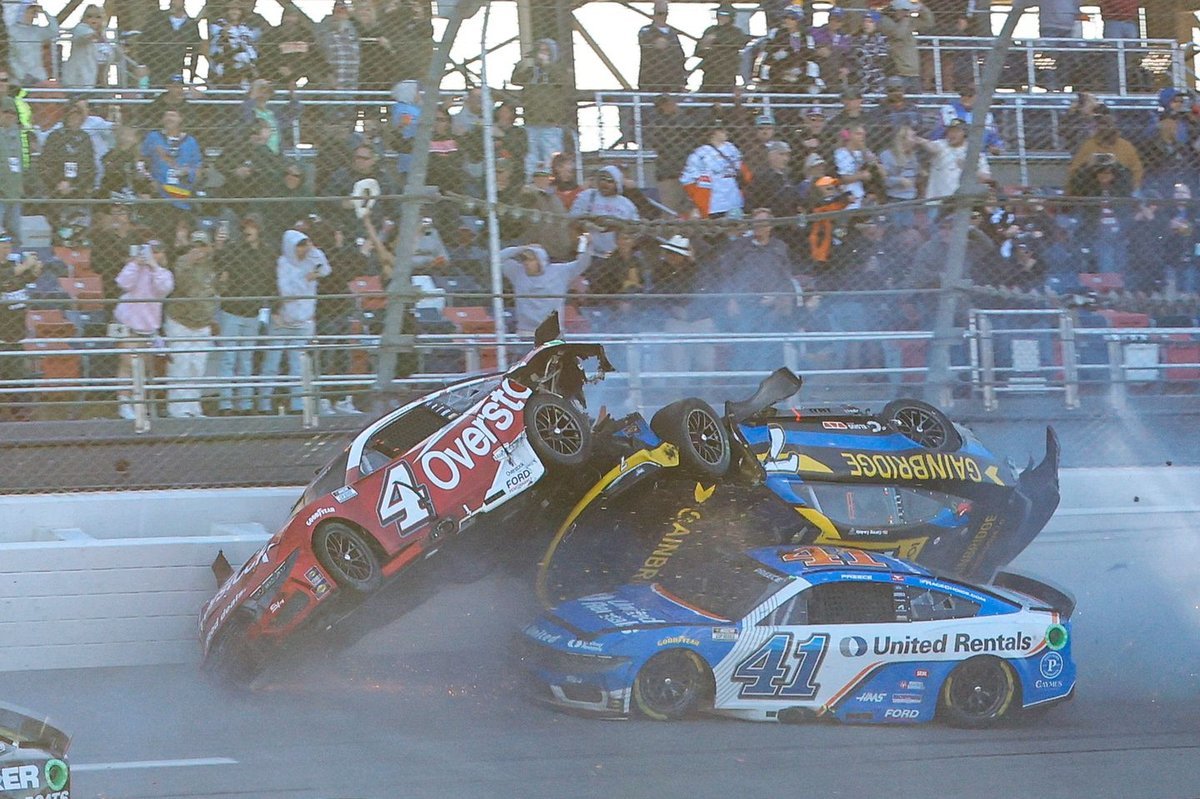
Cadillac passed crash test with a first 2026 chassis, but it’s heavier than expected. Can they fix the weight issue before entering F1?
When you hear that a car passed a crash test, it sounds like great news, right? That’s exactly what Cadillac fans thought when the brand reportedly cleared a FIA crash test with their first 2026 Formula 1 chassis. But hold the celebration hats—there’s a twist in the tale.
The car may have survived the crash test, but it did so carrying more weight than the team had planned. In racing, especially in Formula 1, every gram counts. You don’t just want a car that’s safe—you want a car that’s light, fast, and still reliable.
So, what does this mean for Cadillac’s ambitions in the world’s most elite racing series? Buckle up. Let’s take a ride through everything you need to know about this developing story.
Table of Contents
| Sr# | Headings |
|---|---|
| 1 | What’s the Big News? |
| 2 | Cadillac’s Big Plans for 2026 |
| 3 | Understanding the FIA Crash Test |
| 4 | Why Passing the Test is Only Half the Battle |
| 5 | How Heavy Is Too Heavy in F1? |
| 6 | The Problem with Cadillac’s Chassis Weight |
| 7 | What Went Right With the Test |
| 8 | What Needs to Be Fixed Before 2026 |
| 9 | Weight vs. Safety—The Tug of War |
| 10 | How Does Cadillac Compare to Other New Teams? |
| 11 | Could the Extra Weight Affect Performance? |
| 12 | Can Cadillac Still Meet Their Target Timeline? |
| 13 | Reactions from Motorsport Insiders |
| 14 | What This Means for Andretti Global |
| 15 | What’s Next for Cadillac’s F1 Journey? |
What’s the Big News?
Cadillac, in partnership with Andretti Global, has reportedly passed the FIA’s mandatory crash test with its first 2026 Formula 1 chassis. This is a major milestone. Think of it like passing your driving test on the first try—but with a car that costs millions and must endure violent collisions while protecting the driver.
But while they passed the test, the car was significantly heavier than their target weight. That’s like acing your exam but discovering your grade was dragged down by a technicality.
Cadillac’s Big Plans for 2026
Cadillac and Andretti are aiming to enter Formula 1 as a full factory team starting in 2026. It’s a bold move, as F1 is known for its steep learning curve. The American duo wants to make a strong impression, with Cadillac not just slapping its name on the side but becoming a full engine and chassis manufacturer.
This first chassis was a proof of concept—a way to say, “Hey, we’re serious.” But with the weight issue, the journey just got a little more complicated.
Understanding the FIA Crash Test
The FIA crash test is one of the most brutal exams a race car has to pass. It’s not just one test but a whole series of collisions, structural assessments, and deceleration measurements. The goal? Make sure the car can withstand high-speed crashes while protecting the driver.
If you fail, you don’t race. It’s that simple.
Why Passing the Test is Only Half the Battle
Imagine running a marathon and finishing—only to find out you ran the wrong course. That’s sort of what Cadillac is facing. Yes, their chassis survived the crash test, but the car was heavier than what a competitive Formula 1 car should be.
Passing the crash test is just the first step. Being race-ready is another mountain to climb.
How Heavy Is Too Heavy in F1?
Let’s talk numbers. The current minimum weight limit in F1 is 798 kg, including the driver. Anything over that can lead to slower lap times, poor tire management, and reduced fuel efficiency.
In F1, 0.1 seconds per lap can mean the difference between pole position and midfield. Carrying extra weight is like running a sprint with a backpack full of bricks.
The Problem with Cadillac’s Chassis Weight
According to Motorsport sources, Cadillac’s 2026 chassis is significantly over the team’s internal weight targets. While they haven’t published exact figures, insiders suggest it’s not just a few grams—it’s several kilograms too heavy.
This could seriously hurt the team’s chances when it comes to aerodynamics, balance, and overall performance on the track.
What Went Right With the Test
Let’s give credit where it’s due. Passing the FIA crash test at this early stage is no small feat. It shows that Cadillac’s engineers are building a car with robust safety features, which will be crucial for both driver protection and FIA approval.
It also signals to fans and critics that Cadillac is not bluffing—they’re building something real.
What Needs to Be Fixed Before 2026
Cadillac now faces the challenge of shaving weight off the chassis without compromising structural integrity. This means reworking the materials, perhaps using lighter composites or optimized structural geometry.
It’s like baking a cake with half the sugar—it still needs to taste good and hold its shape.
Weight vs. Safety—The Tug of War
Here’s the dilemma: The heavier a car, the safer it tends to be, because it has more material to absorb impacts. But in F1, you can’t afford to carry dead weight.
Cadillac’s engineers now need to walk a tightrope—keeping the car safe but trimming the fat, so it doesn’t become an anchor on the track.
How Does Cadillac Compare to Other New Teams?
Other teams that have attempted to enter F1—like HRT, Caterham, or even Haas in its early days—struggled with similar issues. Some were underweight and fragile; others were overweight and sluggish.
Cadillac is in a better position thanks to General Motors’ deep pockets and engineering talent. But the comparison still matters, because history shows us how unforgiving Formula 1 can be to new entrants.
Could the Extra Weight Affect Performance?
Absolutely. In a sport where lap times are measured in thousandths of a second, extra weight is a killer. Heavier cars are harder to brake, slower to accelerate, and more difficult to manage during cornering.
If Cadillac can’t fix this, they risk starting their F1 journey at the back of the grid—which would be a public relations nightmare for a brand aiming to prove itself globally.
Can Cadillac Still Meet Their Target Timeline?
That’s the million-dollar question. Passing the crash test early does suggest they’re ahead of schedule in some areas. But fixing a weight problem isn’t something you do overnight.
It’s likely that the next few months will be spent in the wind tunnel and on the drawing board, figuring out how to get that weight down before the final homologation deadline in 2026.
Reactions from Motorsport Insiders
Motorsport.com’s report has sparked all kinds of speculation. Some insiders believe Cadillac has bought themselves credibility, even with the weight issue. Others warn that unless the chassis gets lighter soon, the team could struggle right out of the gate.
The tone is cautiously optimistic—Cadillac is making real progress, but they’ve still got a lot to prove.
What This Means for Andretti Global
Andretti’s F1 dream has been met with resistance, especially from existing teams who fear dilution of the grid. This successful crash test is a solid step in the right direction, showing that Andretti isn’t just making noise—they’re building a real contender.
But the overweight chassis could become a sticking point if progress isn’t made quickly.
What’s Next for Cadillac’s F1 Journey?
Cadillac’s next steps will likely involve weight optimization, more crash testing, and simulation runs. The goal will be to homologate a final version of the car that meets both safety and weight standards—a tricky but not impossible task.
By mid-2025, we should have a clearer picture of where this ambitious project stands. For now, it’s a mix of good news and homework.
Conclusion
So, Cadillac passed crash test with a first 2026 chassis. That’s a major step forward. But like a student who forgot to check the back of the test paper, they now realize there’s more work to be done.
The car is too heavy—and that’s a big issue in the razor-thin margins of Formula 1.
Still, this is real progress. Cadillac and Andretti are no longer just talking about F1—they’re actively building toward it. If they can fix the weight problem, we may just witness an American powerhouse making waves on the global stage.
FAQs
1. What does it mean that Cadillac passed the FIA crash test?
It means their 2026 Formula 1 chassis has met safety standards required by the sport’s governing body, allowing it to progress toward racing eligibility.
2. Why is the weight of the chassis a concern?
In Formula 1, extra weight slows down the car and affects performance. Even a few kilograms over the target can result in slower lap times and poor handling.
3. Will Cadillac fix the weight problem before 2026?
They are expected to. Engineers will work on optimizing materials and design to meet both safety and weight goals before the final version is approved.
4. Does this crash test success mean Cadillac is guaranteed to race in F1?
Not yet. While it’s a good sign, Cadillac and Andretti still need approval from F1 management and must meet other regulatory requirements.
5. How does Cadillac’s chassis compare to others on the grid?
Currently, it’s too early to tell in terms of performance. But being over the weight target places them at a disadvantage compared to more experienced teams.













